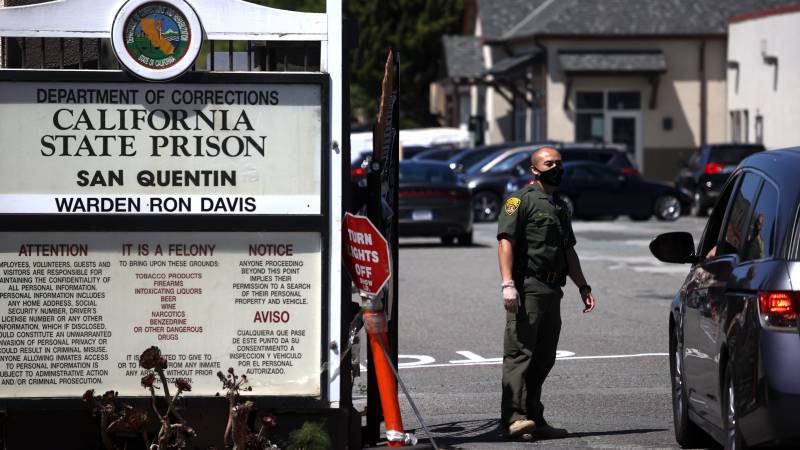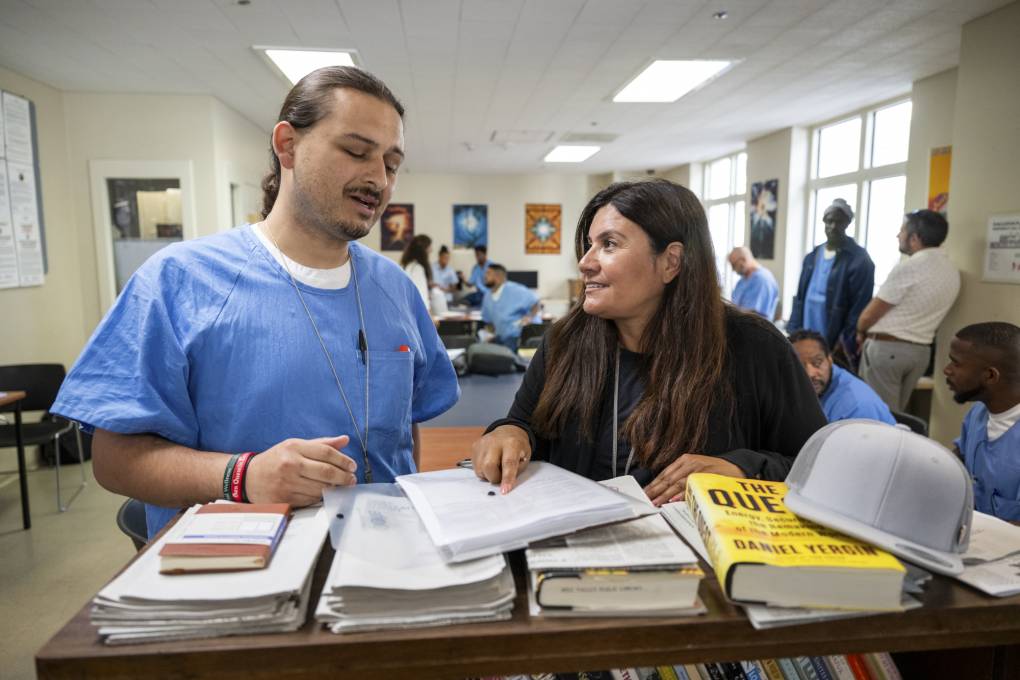Many of those clients are serving life sentences for a third strike, Liebb said. “They’re no longer a threat to public safety, except if they were released with a transmissible disease that was propagated by CDCR.”
Until the end of May, San Quentin had remained untouched by the virus, with no recorded cases. That changed quickly after the state Department of Corrections and Rehabilitation transferred 121 people there from the California Institution for Men in Chino — 25 of whom subsequently tested positive. Since then, the virus has spread like wildfire; as of July 6, more than 1,400 people — including 165 employees — inside San Quentin have tested positive, and at least six have died, according to department records.
“The only way we can protect the lives of people at San Quentin and the larger public is to reduce the prison population as quickly as possible,” San Francisco Public Defender Manohar Raju said in a statement on July 1. “Not only is the treatment of incarcerated people inside California’s prisons unconscionable, but so is the lack of information and transparency regarding the outbreak.”
On Friday, the California Department of Corrections and Rehabilitation said it was taking active steps to curb the spread of the virus at the prison.



